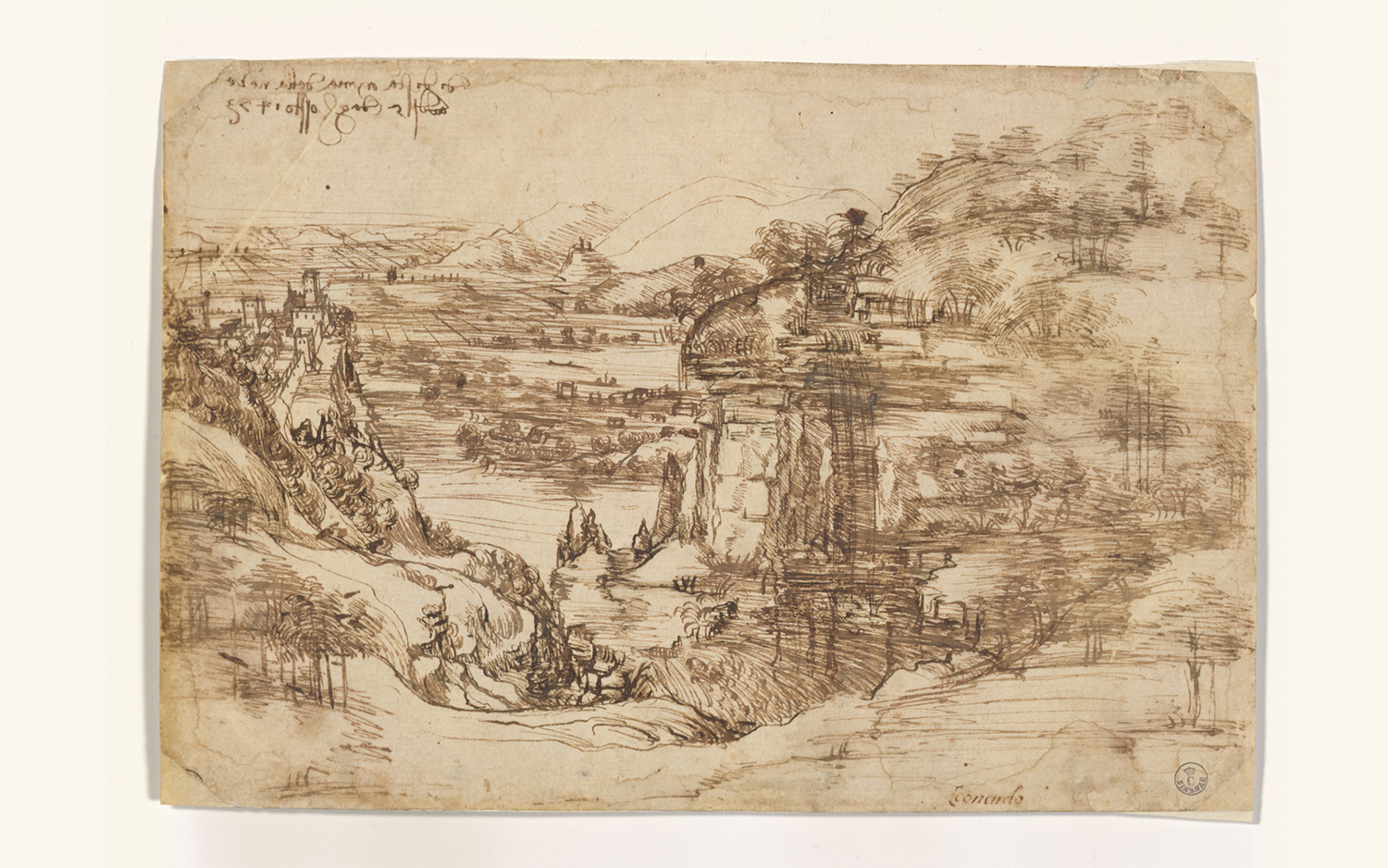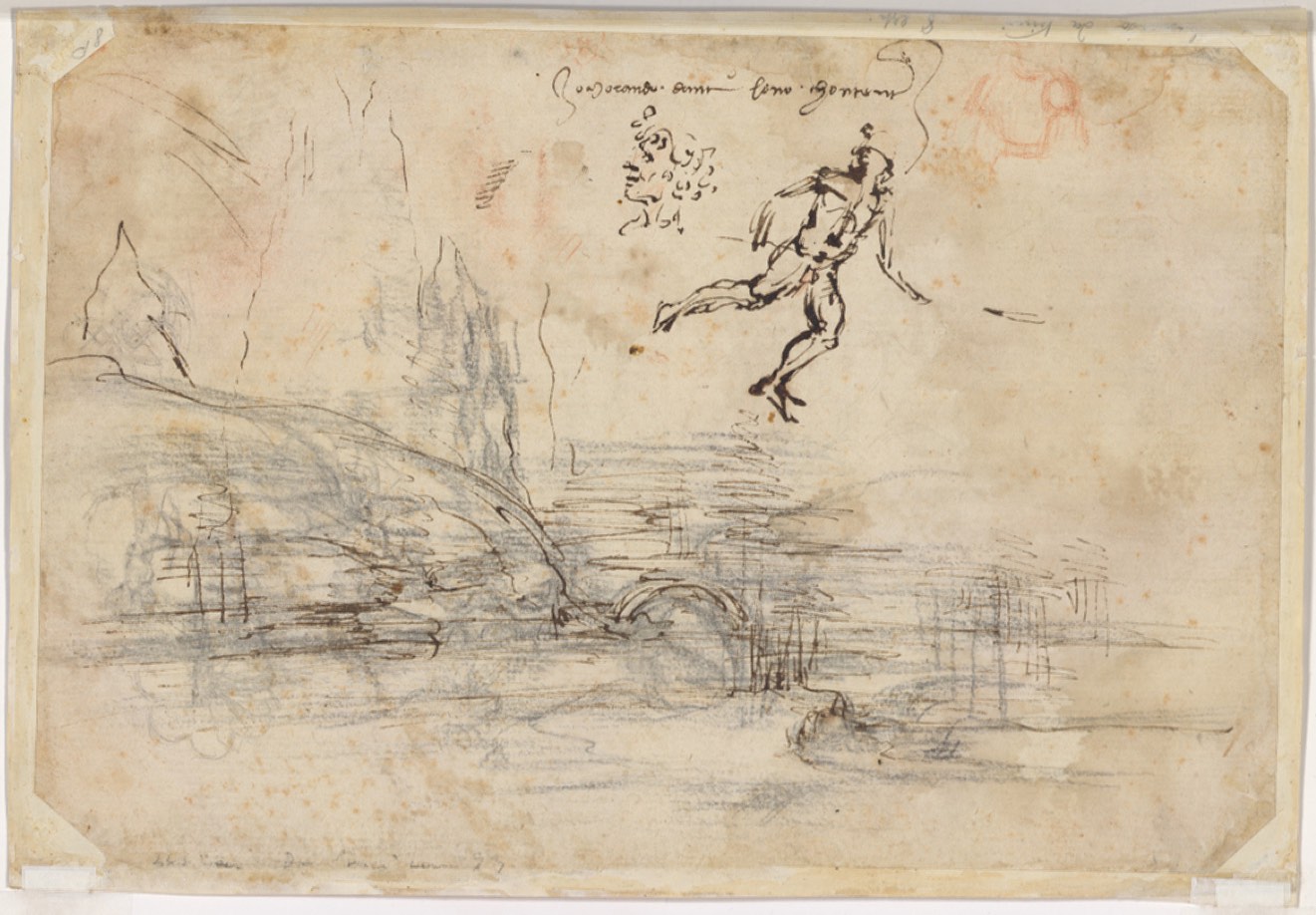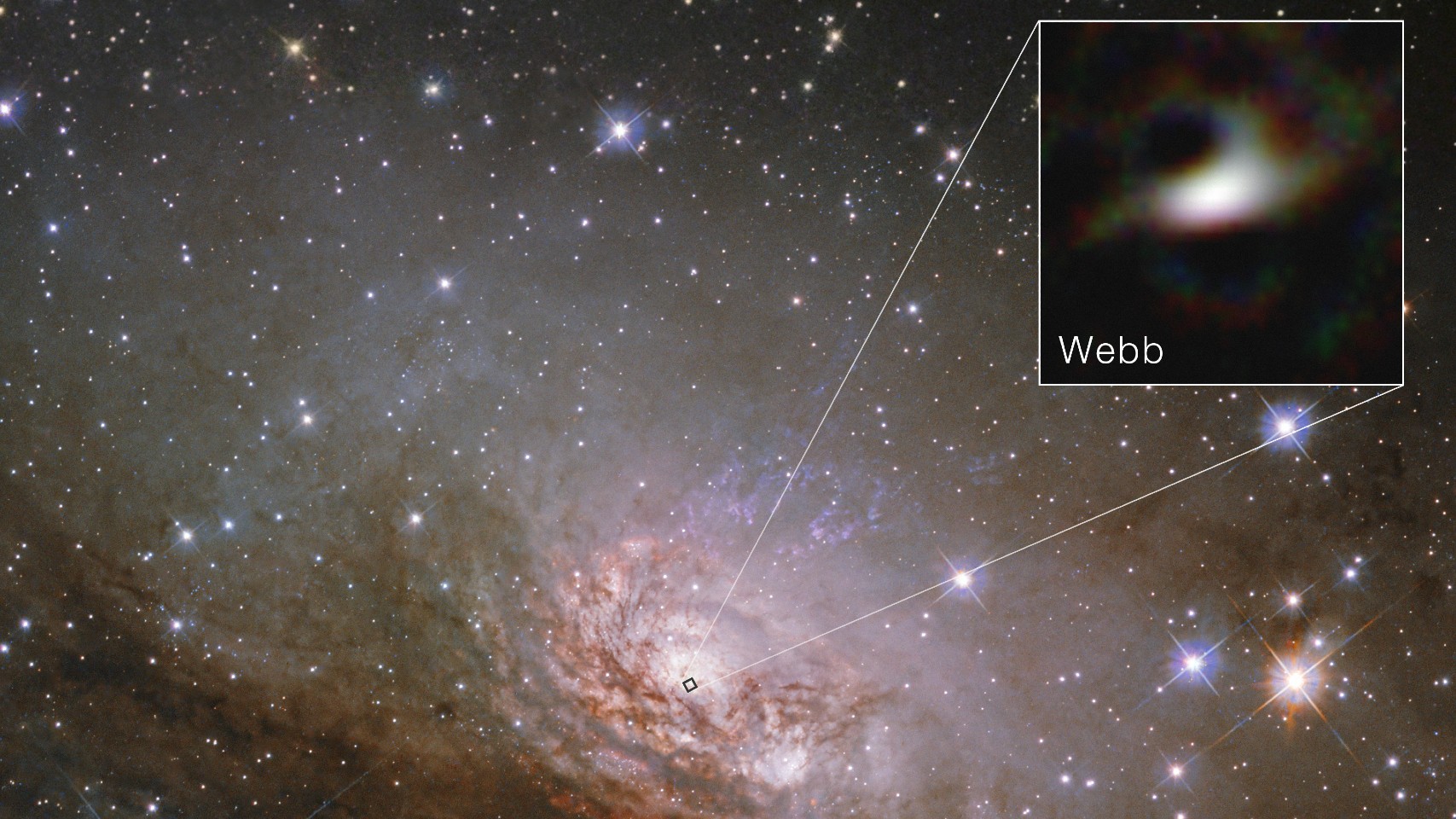Leonardo Da Vinci Was Ambidextrous, Handwriting Analysis Shows

Leonardo da Vinci was left-handed, but he was equally adept at writing and painting with his right hand, new evidence from one his earliest known works has revealed.
Experts with the Opificio delle Pietre Dure (OPD), an art conservation and research institution in Florence, Italy, conducted diagnostic surveys of a drawing made by da Vinci on Aug. 4, 1473, when the artist was only 21 years old. The drawing is called "Landscape" and is also referred to as "8P" after its inventory number; it is currently part of the collection of the Uffizi Gallery in Florence, according to a statement issued by the museum.
Da Vinci created "Landscape 8P" using lead and several types of ink, and the highly detailed work depicts a river winding through the Arno Valley and the battlements of Montelupo Castle, in Italy's Tuscany region. But it was da Vinci's two inscriptions on the drawing that drew the attention of OPD art historian and conservator Cecilia Frosinini, who led the investigation. [Leonardo Da Vinci's 10 Best Ideas]
One inscription — the date, written on the front of the drawing in the upper left corner — was written backward, inscribed from a reflection in a mirror, the Uffizi said. Da Vinci often used this so-called mirror writing, though it is unclear why. The other note, on the back of the paper, was written normally, from left to right.
Frosinini and her team examined the inscriptions and the drawing under a microscope, through high-resolution photos and in infrared light. They also used a fluorescent X-ray system and a portable machine for detecting organic materials.
They determined that the inscriptions were both written by da Vinci; the writing was done with the same ink that was used in the drawing, and the handwriting was consistent with other da Vinci writing samples, according to the statement.
However, differences between the two inscriptions suggest that da Vinci wrote them with different hands. After evaluating typical hallmarks of da Vinci's penmanship across multiple documents, the conservators concluded that he used his left hand to write the reversed text on the front of the drawing, while the text on the back was written with his non-dominant right hand.
Get the world’s most fascinating discoveries delivered straight to your inbox.
"From an observation of his handwriting, including the inscriptions on this drawing, it is clear that his writing as a right-hander was both cultivated and well formed," Frosinini told Agence France-Presse.
This exhaustive analysis of da Vinci's drawing also revealed other secrets. Under infrared light, the conservators discovered that da Vinci had sketched different versions of the landscape on both sides of the sheet, with the landscapes on the reverse side looking very different from the ones on the front. Other drawings done in pencil — geometric shapes and a flower — were concealed underneath the landscape on the back, Uffizi representatives said in the statement.
- Flying Machines? 5 Da Vinci Designs That Were Ahead of Their Time
- 11 Hidden Secrets in Famous Works of Art
- 5 Things You Probably Didn't Know About Leonardo da Vinci
Originally published on Live Science.

Mindy Weisberger is a science journalist and author of "Rise of the Zombie Bugs: The Surprising Science of Parasitic Mind-Control" (Hopkins Press). She formerly edited for Scholastic and was a channel editor and senior writer for Live Science. She has reported on general science, covering climate change, paleontology, biology and space. Mindy studied film at Columbia University; prior to LS, she produced, wrote and directed media for the American Museum of Natural History in NYC. Her videos about dinosaurs, astrophysics, biodiversity and evolution appear in museums and science centers worldwide, earning awards such as the CINE Golden Eagle and the Communicator Award of Excellence. Her writing has also appeared in Scientific American, The Washington Post, How It Works Magazine and CNN.
 Live Science Plus
Live Science Plus






